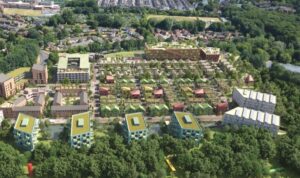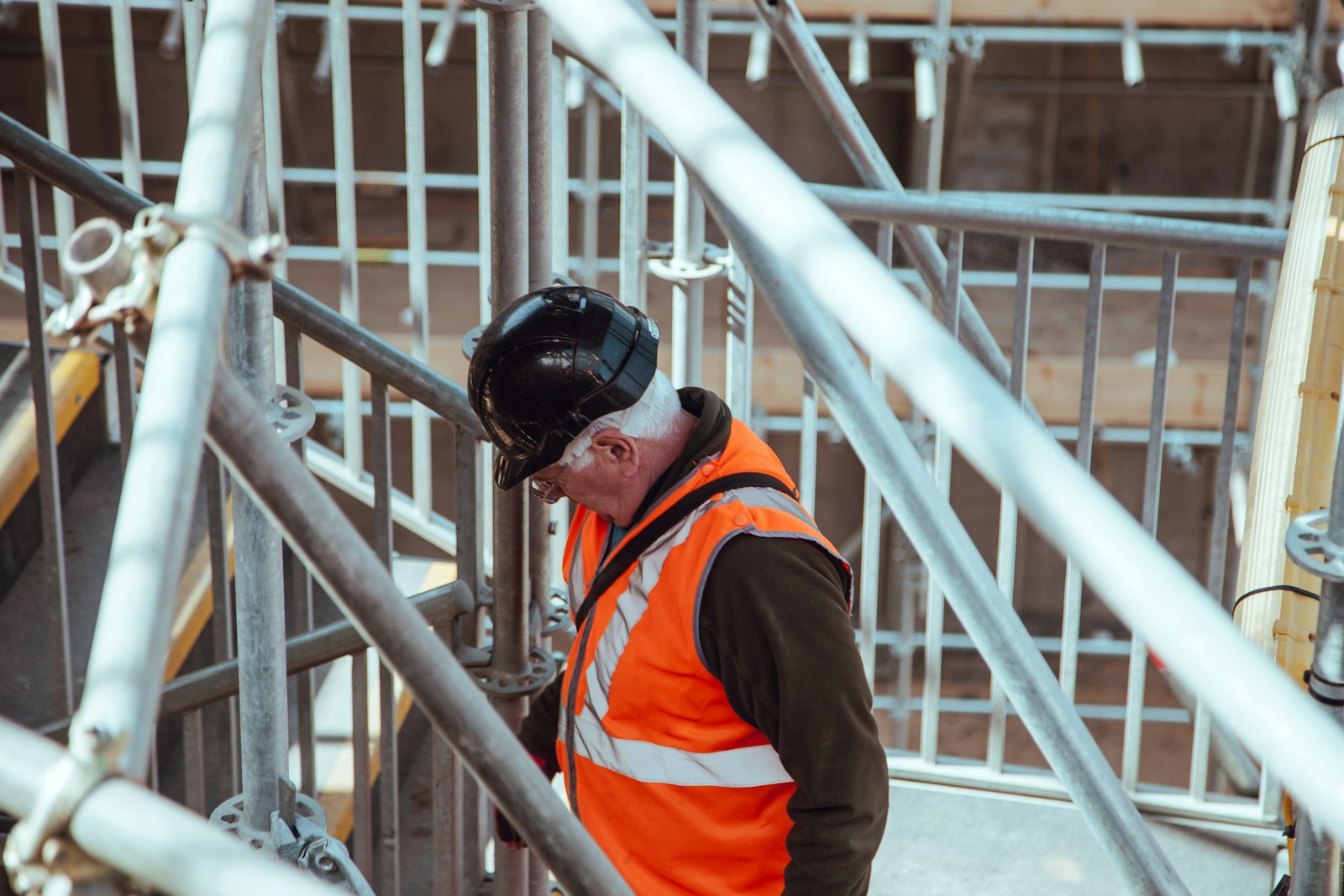Labour has pledged to prioritise a ‘brownfield first’ approach to urban planning, as part of its promise to deliver a record 1.5 million homes. Andrew Burton of Boyer examines how to overcome challenges to create placemaking opportunities.
It is indisputable that urban regeneration, particularly the transformation of vacant or underutilised industrial land, offers substantial benefits. These include addressing the need for housing, stimulating economic growth and balancing the need for greenfield development. Simultaneously brownfield regeneration can create unique placemaking opportunities and vibrant communities in locations already connected to transport and community infrastructure. Furthermore, brownfield sites are ideal for sustainable high-density, mixed-use developments which meet the requirements of the NPPF, arguably more effectively than the average greenfield scheme.
The reality, however, is that brownfield development is invariably more complex and more expensive. So what needs to change?
One of the primary obstacles to brownfield regeneration is the cost associated with investigating and mitigating development constraints, such as flood risk and drainage, remediation to decontaminate sites; heritage; and challenging ground conditions. Brownfield sites often contain contaminants from previous industrial use, which must be removed before redevelopment can proceed. This remediation process can be expensive and technically challenging, potentially making projects financially unviable alongside other potential costs.
To overcome this, it is essential that local authorities and governments provide support and incentives for brownfield redevelopment. This support can take the form of tax breaks, grants, or assistance with site remediation. The Government’s agency, Homes England, has an important role in this regard and one that should be invested in further. For example, Homes England were instrumental in bringing forward the former Carriageworks site in Bristol, which had lain derelict for the past 30 years. Originally a Victorian commercial building, used for the manufacture of horse drawn carriages, a developer (PG Group) proposed a placemaking scheme of apartments and retail units to regenerate the site. However, the developer encountered several challenges around the viability of delivering the scheme, associated with rising construction costs, challenging ground conditions, complex planning negotiations around heritage, high levels of remediation and the lack of funding options available on the market. Homes England was able to step in and approve an initial loan to fund the development, to partner with the developer, and bring forward the development.
Additionally, there is a need for clear and consistent planning policies to streamline the planning stages of development. This would provide developers with the confidence to invest in such projects; helping to create an investment market with sufficient funding options; and ensure developers have greater certainty in how an application will progress through the planning system.
Another challenge is balancing the need for affordable housing with the financial realities of redevelopment. The high costs associated with brownfield regeneration often introduce barriers to providing a significant proportion of affordable homes as part of developments. This issue is further complicated by the risk of gentrification, where the influx of new, higher-income residents can drive up property prices and displace existing communities.
Addressing this challenge requires a multifaceted approach. Effective community engagement is an important starting point to ensure that local people are not marginalised and that, consequently, they do not resist development. Developers, planners, local authorities and other stakeholders must work together to ensure that redevelopment projects include a mix of housing types and price points to accommodate a local community. Additionally, policies that encourage the provision of affordable housing and protect existing communities can help mitigate the adverse effects of gentrification.
Through effective community engagement, supportive planning policies, and a flexible, innovative approach, the challenges of brownfield development can be addressed, unlocking the unique placemaking opportunities that brownfield sites present. As cities continue to grow and evolve, the strategic redevelopment of brownfield land will play a crucial role in shaping the urban landscapes of the future, ensuring that they are inclusive, sustainable, and vibrant places for all residents.
So as the new government begins its planning reform agenda, it is imperative that urban regeneration remains agenda priority. Creativity, flexibility and engagement with the planning and development industry will be vital in unlocking sites and incentivising development.
In related news:

















Leave a Reply